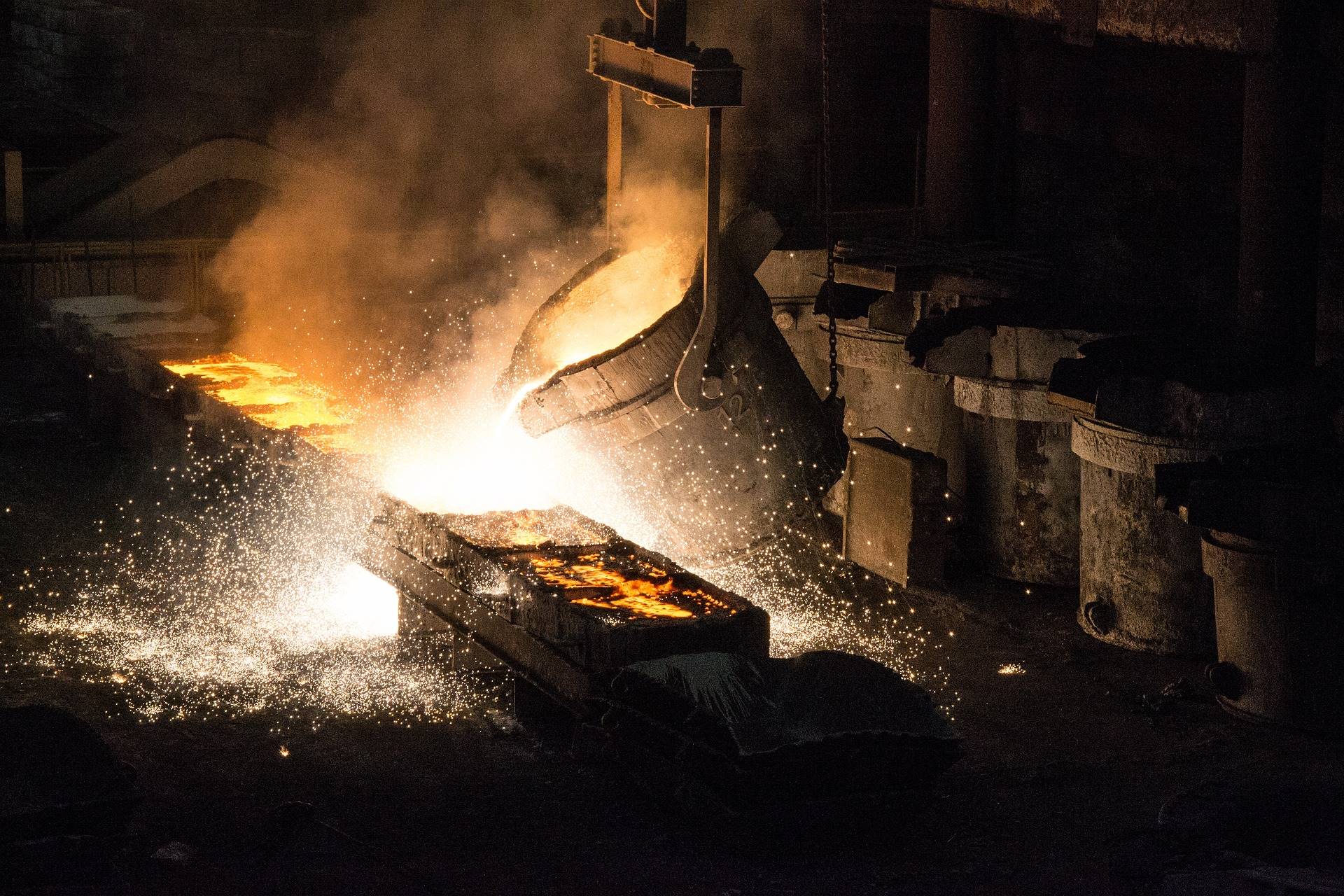
The automotive industry has seen remarkable advancements over the years, and one of the key drivers of this progress is technological innovation. Among the many transformative technologies that have emerged, sintering technology stands out as a game-changer in automotive manufacturing. In this article, we'll explore how sintering technology is revolutionizing the way cars are made, from improving efficiency to enhancing product performance.
Understanding Sintering Technology
Sintering is a process that involves compacting and heating powdered materials to form a solid mass without full melting. This technique has a long history and has been used in various industries, but its application in automotive manufacturing has become increasingly prevalent in recent years.
In the automotive sector, sintering technology is primarily used for the production of complex and high-precision components, such as engine parts, transmission gears, and even structural elements. It offers several advantages that make it an attractive choice for manufacturers looking to optimize their production processes.
Enhanced Efficiency
One of the most significant benefits of sintering technology is its efficiency.Traditional manufacturing methods often involve time-consuming machining processes, which generate a significant amount of waste material. Sintering reduces waste by using only the necessary amount of material, resulting in cost savings and a more environmentally friendly manufacturing process.
Additionally, sintering can produce parts with intricate geometries that would be challenging or impossible to achieve using conventional techniques. This flexibility allows manufacturers to design components with improved functionality and performance, ultimately leading to more efficient vehicles.
Material Advancements
Sintering technology also plays a crucial role in the development and use of advanced materials in the automotive industry. Materials such as metal powders, ceramics, and composites can be precisely engineered and tailored to meet specific performance requirements. This capability has opened the door to the use of lightweight materials that contribute to fuel efficiency and reduced emissions.
Furthermore, sintering can enhance the properties of these materials, making them stronger, more durable, and resistant to wear and corrosion. This is especially important for critical components like engine and transmission parts, which need to withstand harsh operating conditions.
Reduced Costs
Cost-effectiveness is a significant driver in the adoption of sintering technology. By minimizing material waste and reducing the need for multiple manufacturing steps, manufacturers can significantly cut production costs. Additionally, the ability to produce parts with complex geometries often eliminates the need for assembly, further reducing labor and production expenses.
Precision and Consistency
Sintering technology also excels in achieving high levels of precision and consistency. Computer-controlled sintering processes ensure that each part meets exact specifications, reducing the likelihood of defects and rejects. This precision is crucial for maintaining the safety and reliability of automotive components.
Environmental Benefits
In an era when environmental concerns are paramount, sintering technology contributes to sustainable manufacturing practices. Its reduced material waste and lower energy consumption compared to traditional manufacturing methods align with the automotive industry's growing commitment to eco-friendly processes.
The Future of Automotive Manufacturing
As the automotive industry continues to evolve, sintering technology is expected to play an increasingly significant role. Manufacturers are constantly seeking ways to improve efficiency, reduce costs, and enhance the performance of their vehicles, and sintering technology offers a versatile solution to these challenges.
From creating complex components with advanced materials to reducing waste and environmental impact, sintering technology is revolutionizing the way cars are made. As research and development efforts continue, we can expect even more innovative applications of sintering technology in the automotive industry, driving the sector towards a more sustainable and efficient future.
